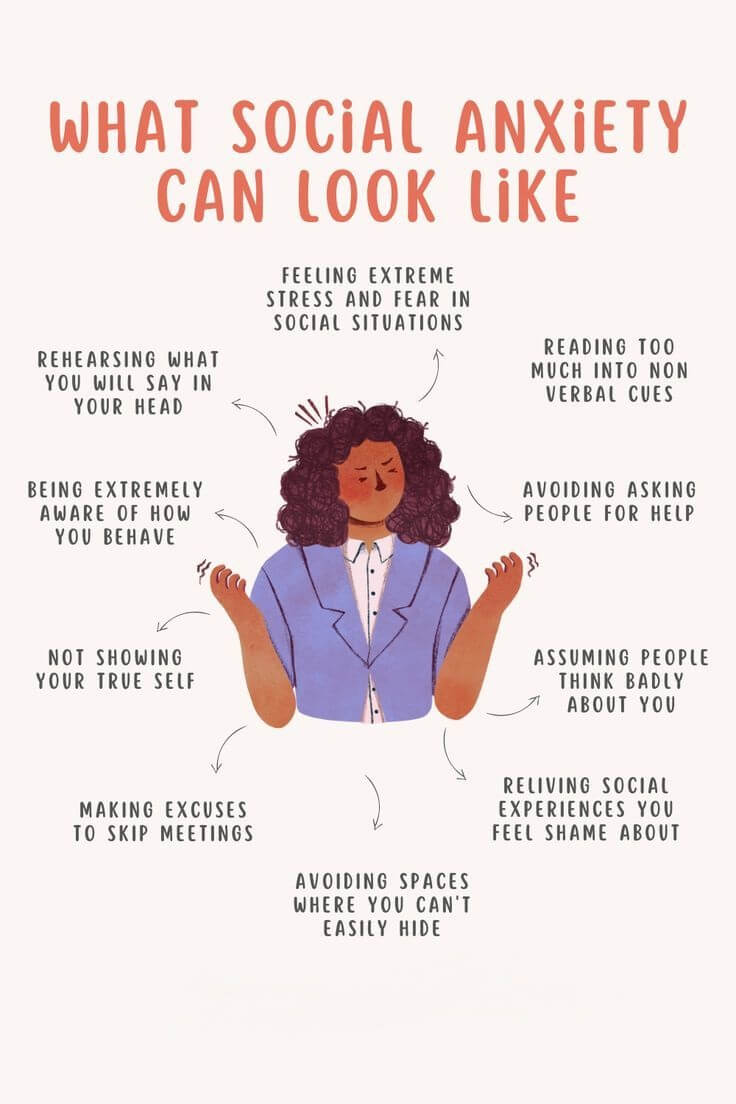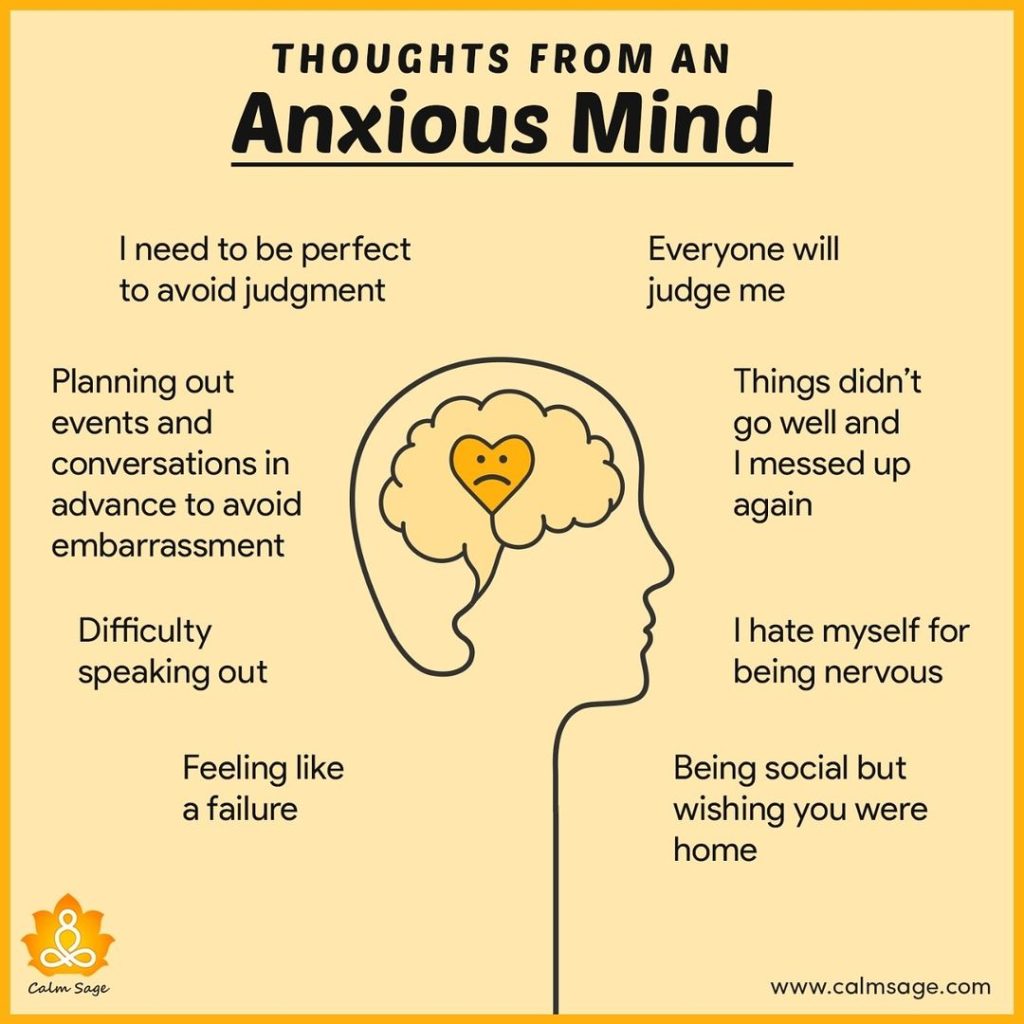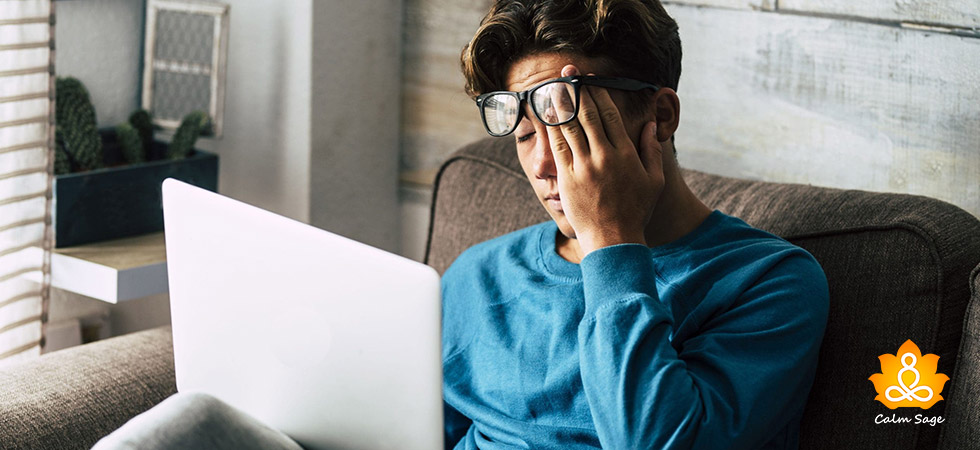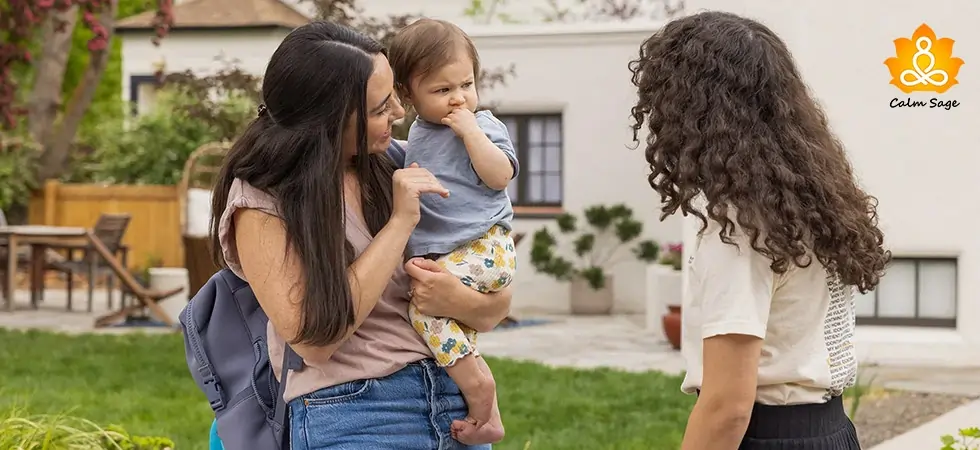How does Social Anxiety Affect the Brain

The type of anxiety that induces embarrassment and extreme fear in social situations is called social phobia or social anxiety disorder. Social anxiety can affect crucial parts of the brain, such as amygdala and hippocampus. Generally, one feels a bit nervous when they meet new people or are asked to speak in public. However, people dealing with social anxiety disorder experience an intense fear in situations like these, which makes their everyday lives hard.
We all know the fact that social anxiety disorder affects one’s work, relationships, and other daily activities. A less-known fact is that it also impacts the functioning of the brain. Socially anxious people process social cues, dangers, and emotions differently, leading to different functions of critical parts of the brain.
What is Social Anxiety and How is it caused?
Social anxiety is characterized by excessive sweating, shortness of breath, feeling nauseous, rigid posture, and increased heart rate while socially interacting with people. One can look for these physical characteristics to determine a socially anxious person. Apart from these physical traits, social anxiety affects the functioning of some parts of the brain as well.

Social anxiety can be caused by environmental influences, such as how they were brought up, the environment at home, and, of course, life experiences. Children from households where parents are intrusive, overprotective, or controlling tend to develop a social anxiety disorder.
It can also be caused by genetics. Genetics affect how a brain develops and functions. Certain parts of the brain are associated with anxiety and fear. Traumatic life events, like emotional or sexual abuse, also pave the way for developing social anxiety disorder.
How does Social Anxiety affect Different Parts of the Brain?
Social anxiety affects critical parts of the brain, and that, in turn, affects how an individual acts and thinks. We will discuss five of these critical areas below:
1. Amygdala:
This part of the brain processes aggression, anxiety, and emotions, particularly fear. When one encounters a threat, it is in charge of our “fight, fawn, freeze, or flight” response. These points are enough to prove that the amygdala is a dominant part of the brain that deals with social anxiety. It is observed that the amygdala is hyperactive during social interactions.
Also Read: Left Brain vs Right Brain : Whats The Difference?
It lights up in response to an intense fear situation. It is also observed that people with social anxiety have a slightly larger amygdala as compared to normal people. The amygdala grows with the growth of anxiety symptoms in an individual. The time and energy required to process emotions and threats by the brain is spent more by an individual dealing with social anxiety than a normal person.
2. Prefrontal cortex:
This part of the brain deals with a person’s behavioral aspect, which includes self-control, decision-making, and planning. It has a striking contrast with the amygdala. While the amygdala is larger and hyperactive in socially anxious people, the prefrontal cortex is generally smaller and underactive in socially anxious people. It also differs in how it communicates with other brain parts. The prefrontal cortex calms down the amygdala during regular social interactions by sending signals.
However, this does not happen in the case of social anxiety disorder. Instead of calming down the amygdala, the prefrontal cortex hyperactivates the amygdala, which in turn induces feelings of anxiety and fear. The prefrontal cortex is also responsible for what things to pay attention to. It is observed that the prefrontal cortex is more operative in reaction to a social threat in socially anxious individuals.
Also Read: Is There a Link Between Self-Esteem And Social Anxiety Disorder?
3. Anterior cingulate cortex:
This part of the brain deals with regulating emotions. It is particularly involved in coping with the stress caused by social interactions and handling social rejection. When socially anxious people come in contact with people with negative facial expressions, the anterior cingulate cortex gets triggered and becomes hyperactive.
This type of individual is sensitive toward the image formed by other people. The prefrontal cortex interacts with the amygdala with the aid of the anterior cingulate cortex. This route gets hampered in people with social anxiety, making it tough for them to have control over their behavior and emotions.
Also Read: Can You Have Social Anxiety And Be An Extrovert?
3. Fusiform gyrus:
This part of the brain plays an important role while socially interacting. It deals with analyzing the emotional state of another person and processing faces. Based on the coping mechanism developed by an individual, the fusiform gyrus can be either hyperactive or underactive in people with social anxiety disorder.
It will be underactive in a situation where the individual with social anxiety has developed a mechanism to ignore looking at faces. On the other hand, when an individual with social anxiety focuses more than usual on faces, then the fusiform gyrus will be hyperactive. Emotionally neutral faces appear to be angry at socially anxious people because of this reason.
Also Read: Parent’s Guide To Recognize And Manage Social Anxiety Disorder In Children
4. Hippocampus:
This part of the brain is also important in social anxiety as it deals with memory and learning. After encountering numerous awful social interactions, people tend to learn this behavioral pattern, leading to social anxiety. As time passes, they develop a habit of acting in a certain way and expect people to behave negatively with them.
The hippocampus becomes hyperactive when socially anxious people encounter new faces. A person who does not have anxiety will familiarize their face when they meet these people repeatedly. Still, a person dealing with social anxiety syndrome is incapable of familiarizing these faces. They will continue to look at these faces as a threat. This explains the reason why it is hard for people with social anxiety to meet new people.

Takeaway:
Social anxiety hurts parts of the brain that process information about other people, anxiety, and fear. Due to this reason, it damages one’s perspective about the world. It makes it difficult to interact with and relate to people. It is hard to form relationships and a trusting bond with anyone. Socially anxious people struggle to communicate with other people and might end up being alone.
Also Read: A Guide to Exposure Therapy for Social Anxiety Disorder (SAD)
Social anxiety can be a difficult thing to deal with, but it should not stop you from living the best life you want for yourself. There are effective ways to treat this disorder. One such way is Cognitive Behavioral Therapy.
In this therapy, one can identify negative behavioral patterns and thoughts and change it with positive patterns and thoughts. This therapy alters the way how the brain responds to social criticism, benefiting socially anxious people. It also imparts knowledge about social skills that may help an individual with social anxiety to overcome the fear and anxiety of meeting new people. For better results, one can combine medications with therapy.
Joining a support group can also be an option. You will meet new people who share the same struggles as you do, and you feel a sense of belonging with them. They may offer advice and strategies in support groups to deal with social anxiety. With these resources, you can get control of your life again and can manage your anxiety and fear.




















